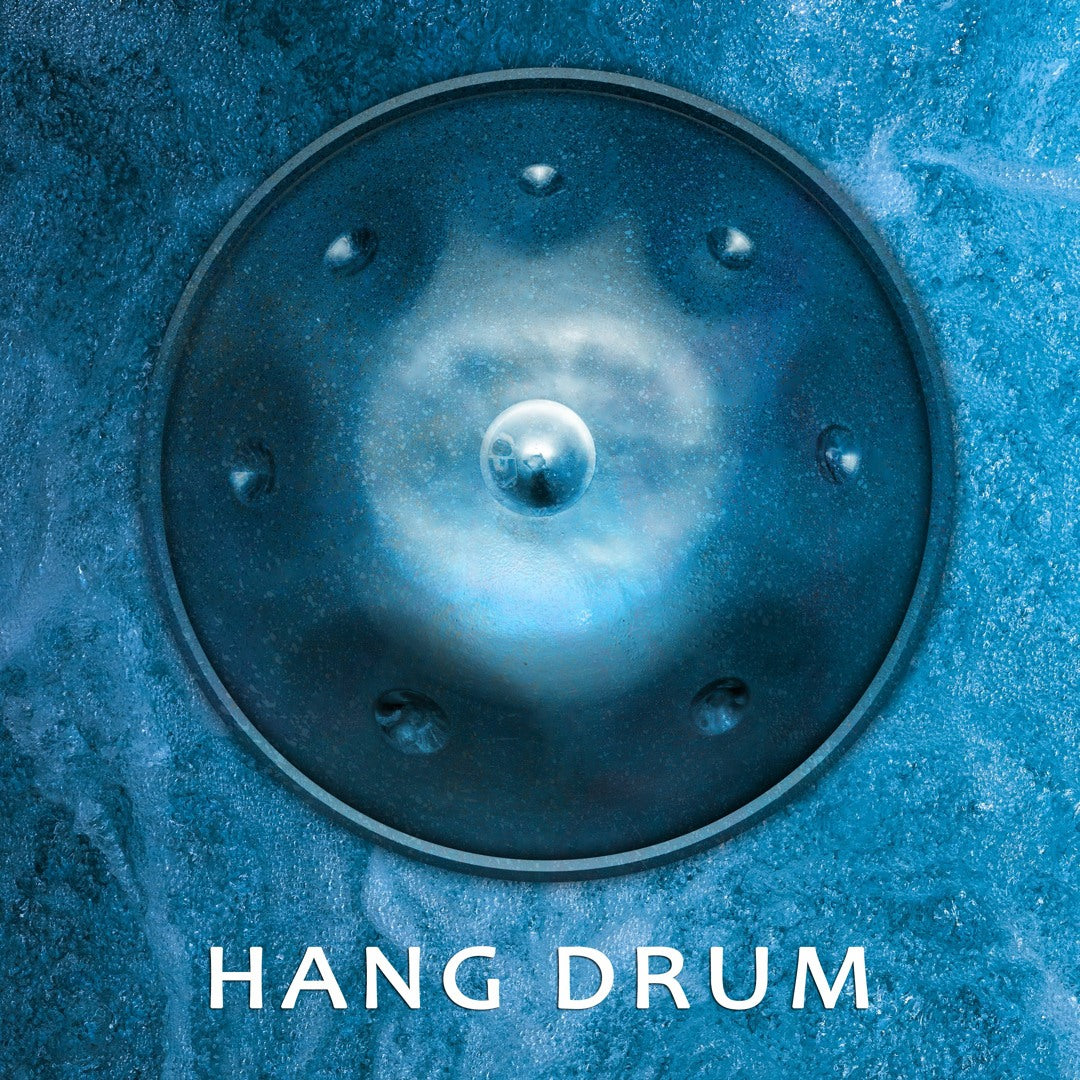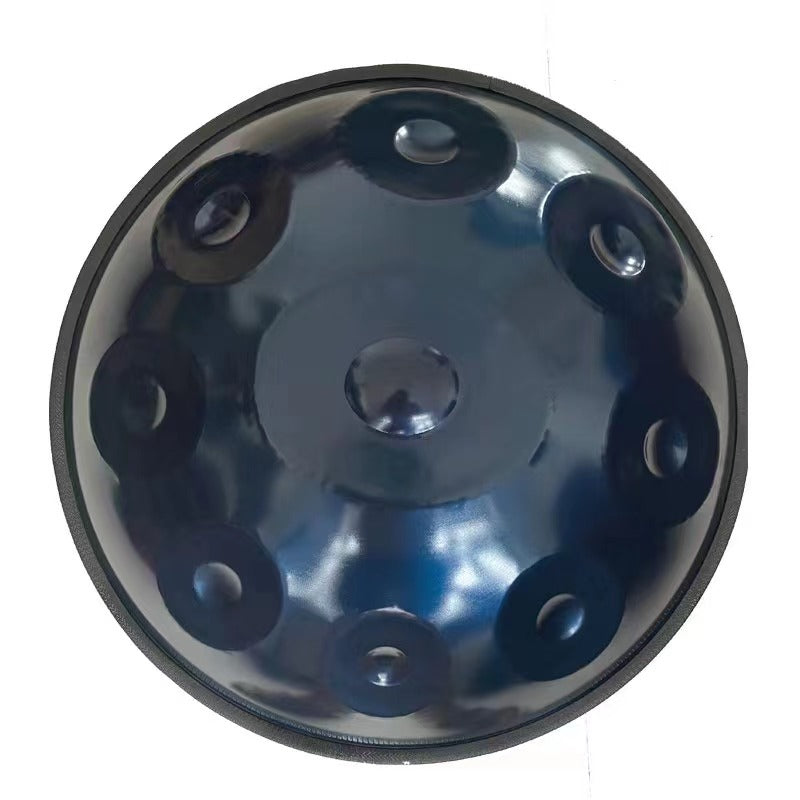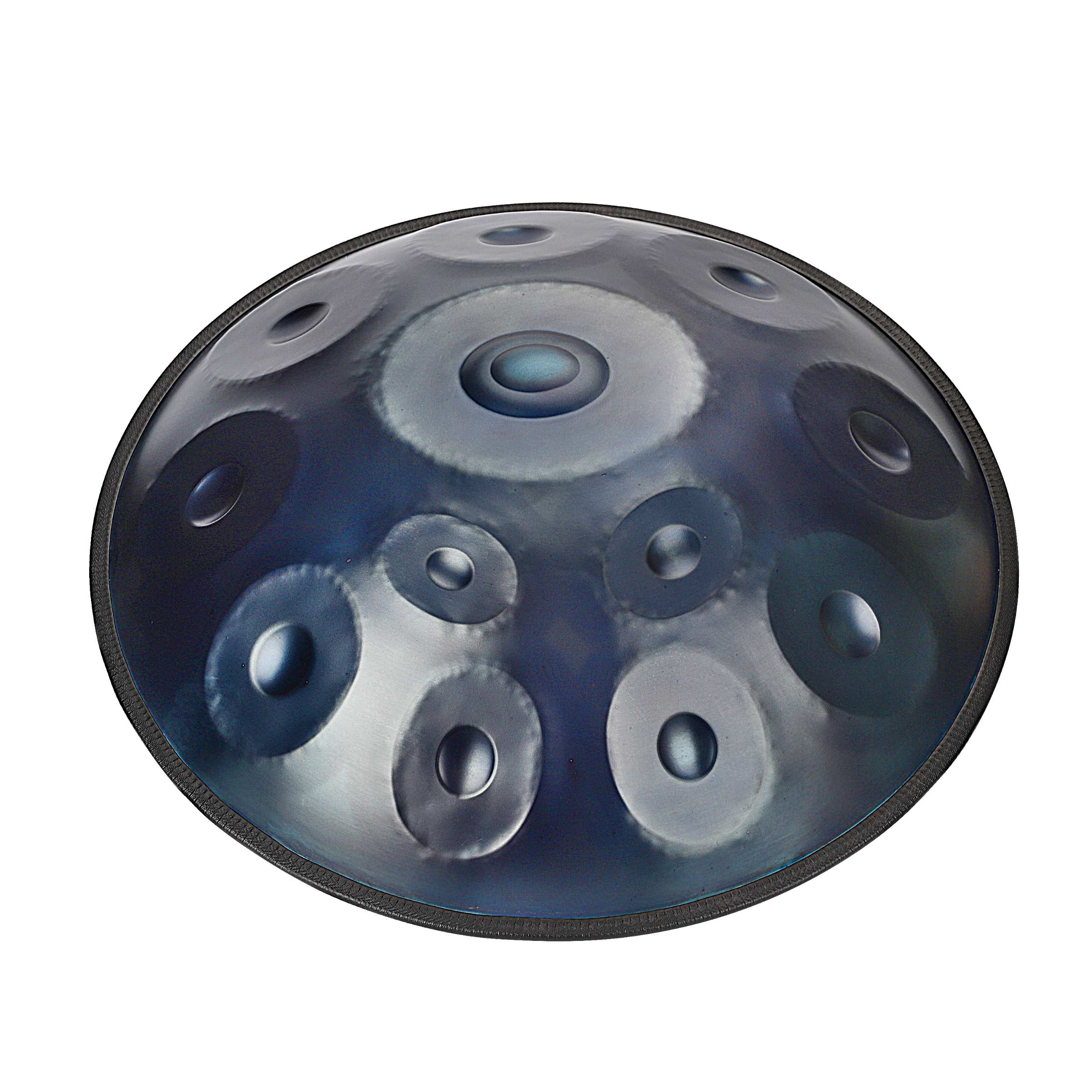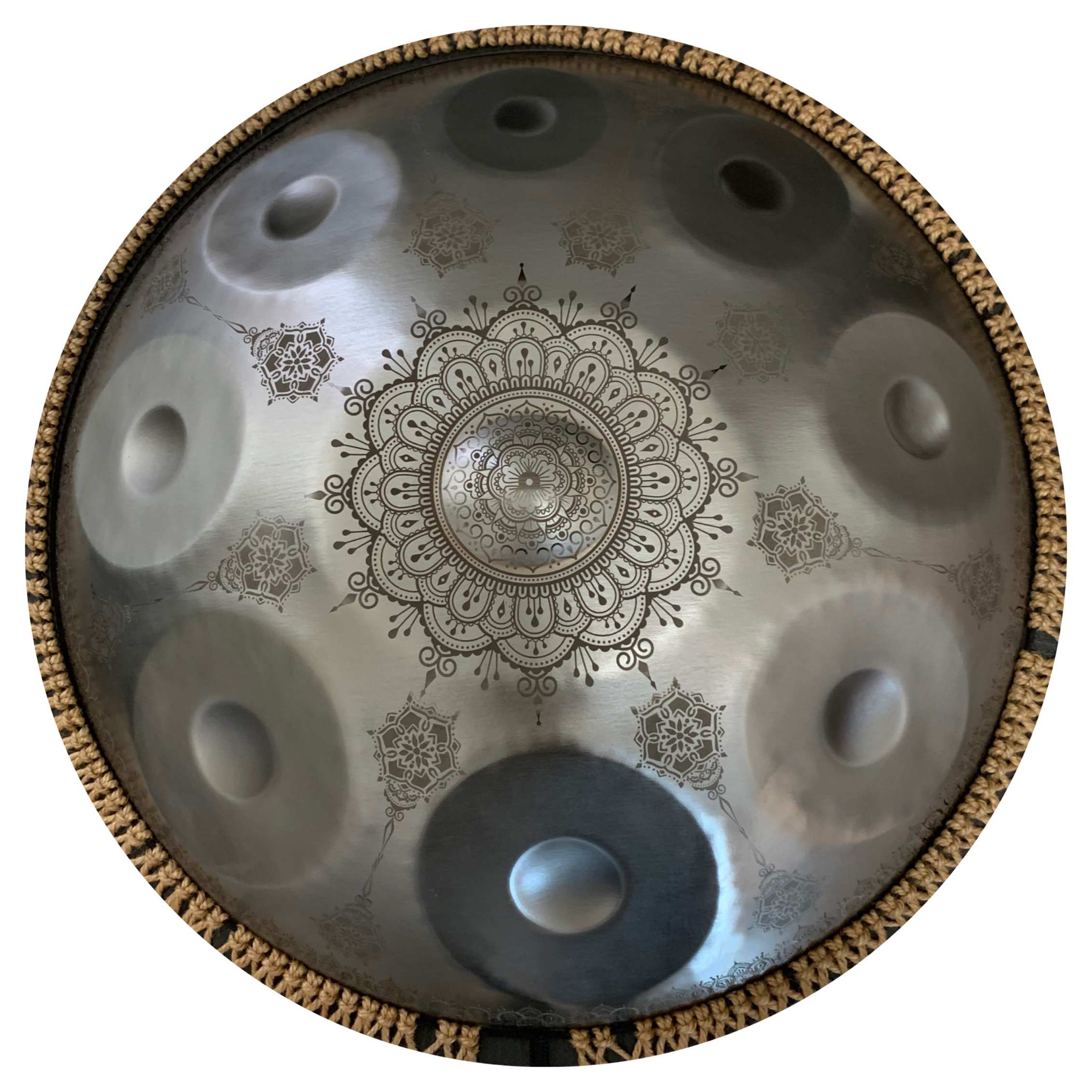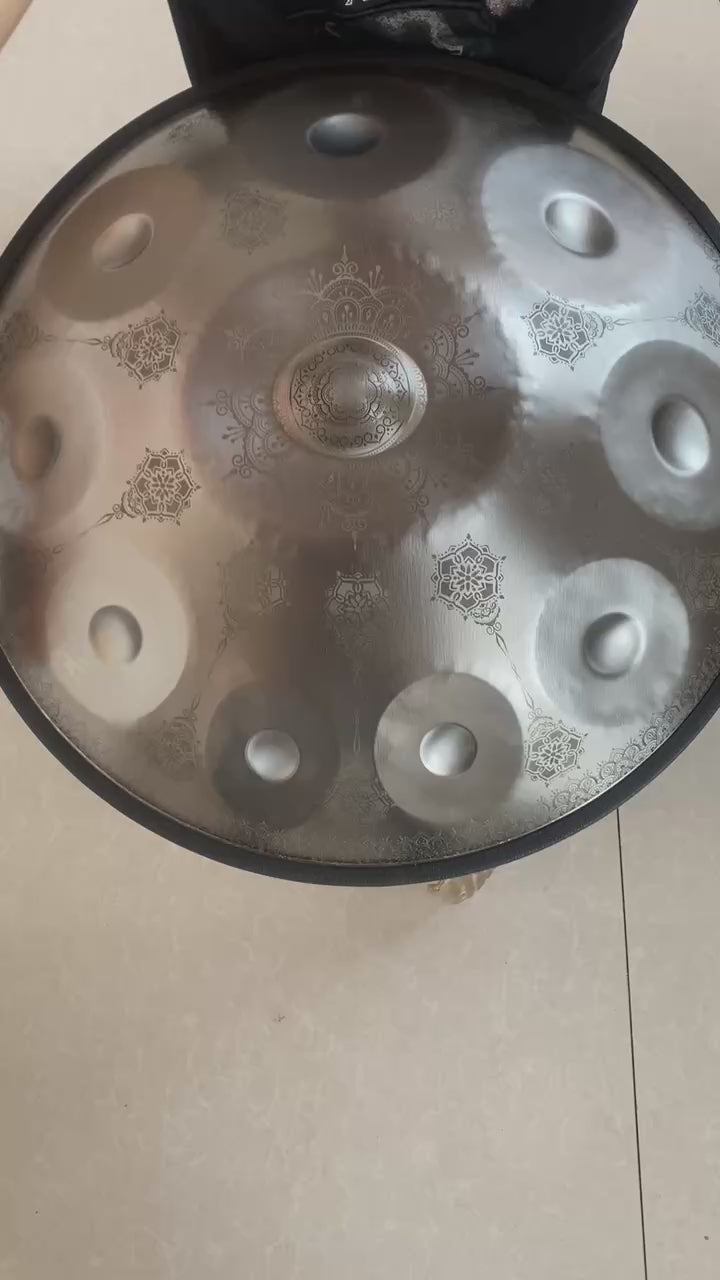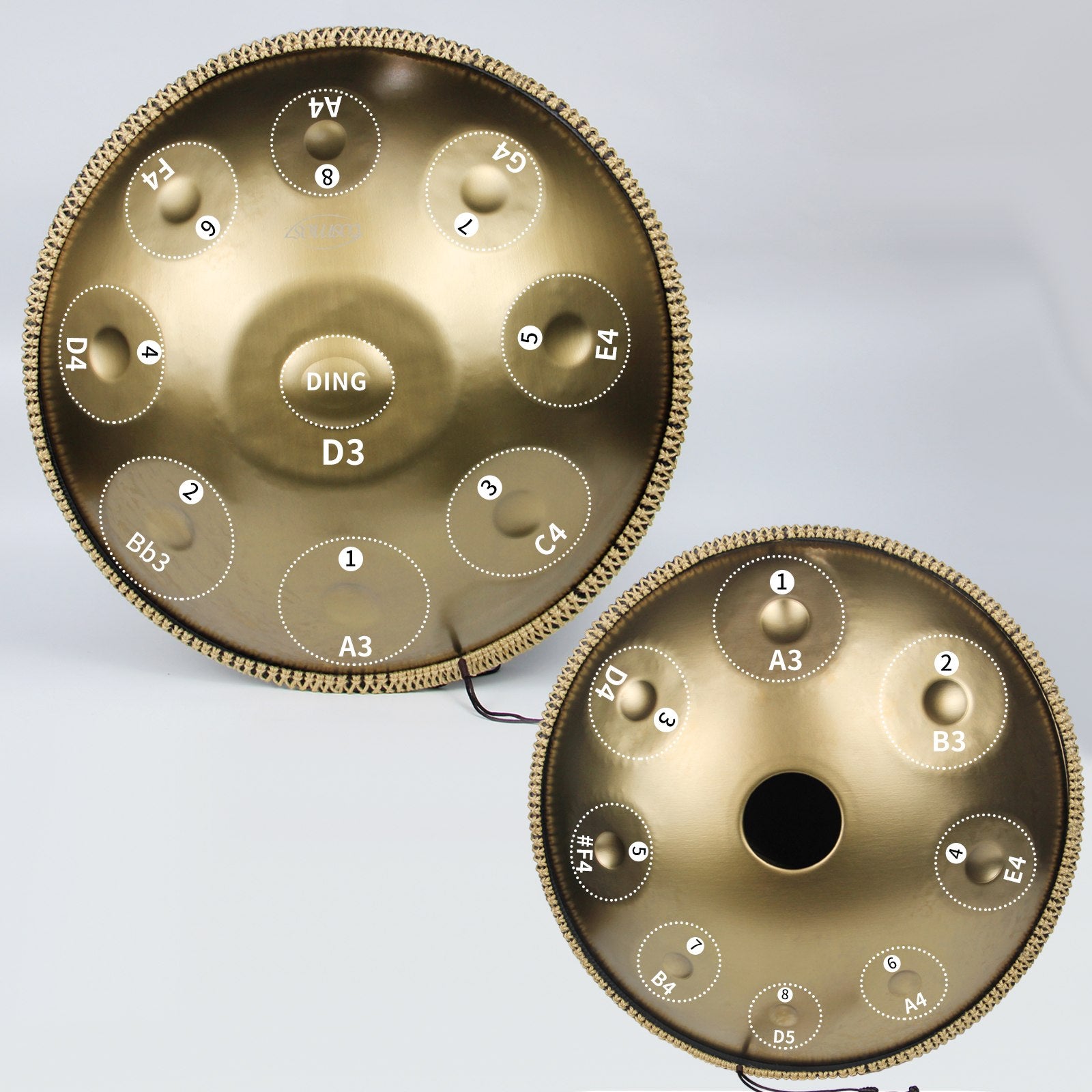Die Auswahl der richtigen Moll-Handpan-Skala ist eine sehr wichtige Entscheidung für jeden, der dieses ausdrucksstarke und einzigartige Musikinstrument meistern möchte. Aufgrund dieser Klangqualität ist die Handpan ideal für Musiker, die nach Einsamkeit suchen, gepaart mit Musik, die sanft in der Seele widerhallt. Hier sind die detaillierten Informationen, die Ihnen helfen werden, die Moll-Handpan-Skala auszuwählen, die für Sie geeignet ist und die Ihnen am meisten gefallen wird.

Verstehen von Handpan-Skalen
Handpans sind Produzenten verschiedener Arten von musikalischen Skalen; daher sind sie, wie die meisten melodischen Percussion-Instrumente, diatonische Instrumente und nicht chromatisch wie ein Klavier. Diese Stimmung verleiht Ihnen einen unverwechselbaren Klanggeschmack, jedoch bedeutet sie, dass die Skala, die Sie auswählen, die Musik, die Sie produzieren können, weitgehend definieren wird. Handpan-Skalen werden typischerweise in drei Hauptkategorien unterteilt: Das bedeutet, dass es drei breite Kategorien gibt, nämlich die primäre Kategorie, die Moll-Kategorie und die Kategorie, die in Bezug auf den Geschmack exotisch ist. In diesem Leitfaden wollen wir uns mit den Moll-Skalen beschäftigen, die für ihre traurigen und geheimnisvollen Untertöne bekannt sind.
Beliebte kleine Handpan-Skalen
Kurd/Annaziska: Der am häufigsten verwendete Begriff für kleinere Handpan-Skalen ist die Kurd-Skala. Sie ist multifunktional und erzeugt einen undurchsichtigen und traurigen Klang. Die Annaziska-Skala mag etwas anders klingen, ist aber in Wirklichkeit leicht unterschiedlich und ist speziell für C- und C#-Noten. Zum Beispiel haben D Kurd und C# Annaziska die gleiche Anordnung, aber unterschiedliche Namen, die von der Grundtonhöhe stammen.
Celtic Minor/Amara: Es ist wie die Kurd-Skala, nur in einigen Punkten anders. Diese Skala hat die gleiche Beziehung wie die Kurd-Skala, wobei sie ein wenig höher skaliert ist. Sie entfernt einen Ton, der direkt darunter liegt, und fügt einen Ton hinzu, der darüber liegt; das macht die Sequenz intuitiv spielbar. Dies macht die Celtic Minor/Amara-Skala perfekt für Lernende, da sie den Klang sehr unterscheidbar und sehr einfach zu handhaben macht.
Pygmäe: Die Pygmäe-Skala, die auf einer afrikanischen Mollskala basiert, klingt offener als die mollmodale Skala. Mollskalen unterscheiden sich von anderen, weil sie einige der Töne weglassen, um einen solchen Charakter zu bieten. Die Pygmäe-Skala ist in zwei Variationen erhältlich: Pygmäe und Tiefe Pygmäe, wobei Letztere im tieferen Register als Erstere liegt.
Mystisch: Die mystische Skala kann als traumhaft und dramatisch beschrieben werden, da sich dies im Namen dieser Skala widerspiegelt. Sie ist mit der keltischen Moll/Amara verwandt, lässt jedoch die siebte statt der sechsten Note weg, wodurch sie ein anderes Gefühl vermittelt.
Die richtige Skala wählen
Reflektieren Sie über Ihre musikalischen Absichten: Sie müssen auch über die Art von Musik nachdenken, die produziert werden soll. Von den verschiedenen sieben Mollskalen sind sie besonders geeignet für traurige, meditative und emotionale Kompositionen. Zusammenfassend lässt sich sagen, dass, wenn Sie möchten, dass Ihr Stück intensive und anspruchsvolle Emotionen vermittelt, eine Mollskala am besten zu Ihnen passt.
Hören und Testen: Wenn Sie die gewünschte Skala auswählen, versuchen Sie, verschiedene Handpan-Skalen online anzuhören, oder Sie können sich entscheiden, eine Handpan mitzunehmen und dann die verschiedenen dort verfügbaren Skalen auszuprobieren. Indem Sie sie berühren, können Sie die Reaktionsfähigkeit, Resonanz und andere Eigenschaften bewerten, die mit der Spielbarkeit der verschiedenen Skalen zusammenhängen.
Berücksichtigen Sie die Anzahl der Töne: Die meisten Handpans werden mit 8 bis 10 Tönen und manchmal mehr hergestellt. Mit mehr Tönen können mehr Optionen und Kreativität erreicht werden, aber es bringt auch Herausforderungen und Probleme mit sich, wie z.B. Darstellungsprobleme oder Stimmung. Es ist für Anfänger akzeptabler, nach weniger Tönen zu fragen, wie es der bereitgestellte Weg vorschlägt.
Engagieren Sie sich mit Machern: Stellen Sie sicher, dass Sie eine klare Kommunikation mit zertifizierten Handpan-Produzenten haben. Sie können Vorschläge zu den Besonderheiten jeder der Skalen und möglichen Modifikationen machen. Eine solche Interaktion kann Ihnen auch helfen, die falsche Skala in Bezug auf Ihre musikalische Vision zu vermeiden.
Denken Sie an die Größe und Stimmung des Instruments: Es ist sehr wichtig zu beachten, dass die Größe des Handpans und seine Stimmung eine sehr große Rolle bei der Klangproduktion des Handpans spielen. Schalen mit einer Länge von 53 cm bis 58 cm werden für Erstbenutzer empfohlen, aber das Experimentieren mit anderen Größen ist überhaupt keine schlechte Idee.
Praktische Überlegungen
Qualität und Handwerkskunst: Konsultieren Sie Marken, die allgemein empfohlen werden, um Komplikationen bezüglich der Stimmung sowie der Haltbarkeit der Ausrüstung zu vermeiden. Dies sind Stahlpfannen und sehr empfindliche Trommeln; selbst die kleinsten Unvollkommenheiten beeinflussen die Qualität ihres Klangs.
Budget: Wenn Sie sich für Handpans entscheiden, können diese teuer sein, und das Hinzufügen verschiedener Töne würde einen noch höheren Preis als das Basismodell ergeben. Es wird empfohlen, Ihr Budget vor dem Einkaufen festzulegen und darüber nachzudenken, welche Funktionen entscheidend sind.
Zubehör: Ein weiterer wichtiger Bestandteil ist ein gutes Case für das Handpan, das ebenfalls notwendig ist. Obwohl weiche Cases häufig angeboten werden, würde der Kauf eines harten Cases das Instrument schützen und seinen Zustand bewahren.
Abschluss
Die Auswahl der richtigen Moll-Handpan-Skala ist mehr eine Reise des Selbstverständnisses, der eigenen Aspirationen, der Art von Musik, die man mag, sowie praktischer Aspekte. Ob Sie die Kombinationen der Kurd-Skala lieben, die Einfachheit des Musters auf der keltischen Moll-Skala oder der Amara, die Neuheit des Pygmäen oder das romantische Gefühl des Mystischen, Sie werden eine Moll-Skala finden, die Ihnen gefällt. Treten Sie der Handpan-Community bei und ziehen Sie alle Möglichkeiten und Chancen in Betracht, um die richtige Wahl bezüglich der gegebenen Skala für Ihre Musik zu treffen.

